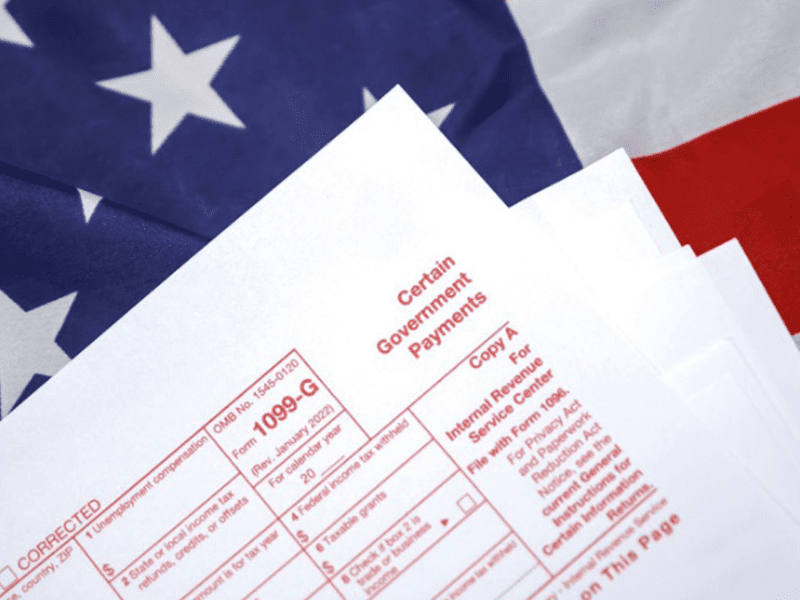
Important Milestones For Federal Employees
Coasting through life might sound nice, but it won’t get you far. Acting as early as you can is key to a wealthy retirement. From your first day on the job moving onward, there’s much to be done to craft the life you want after you retire. This guide will walk you through key milestones for federal government employees so you can maximize your retirement savings and federal employee benefits. To learn more about what you qualify for, reach out to Federal Educators today!
Instant Access to Employer Matching for Your Thrift Savings Plan
One of the first things you’re entitled to once you start your federal career is employer-matched contributions to your retirement savings accounts.
Think about the difference between a planned 13-hour smoked brisket and a last-minute roast that’s baked in the oven for a mere couple of hours. Wouldn’t you rather spend the time and patience to enjoy something that’s well worth the effort? That’s what it’s like to max out your employer’s match from day one. Watch as your savings compound over decades and transform into a massive amount of wealth that you couldn’t even fathom when you started.
The First Paycheck Marks the Beginning of Accrued Sick Paid Leave
You begin accruing paid sick leave from your very first paycheck, although the number of hours you earn might vary per job or number of years you have worked. What happens when you don’t use those hours? They can be added to your federal pension benefits, almost like a bonus pay that awaits you in retirement.
Hitting the 18-Month Requirement For Surviving Spouse Benefits
As a FERS employee, you also have a right to survivor benefits for your spouse. If you happen to pass away as an active worker, your spouse may receive a Basic Employee Death Benefit that varies per federal employee. This amount typically equates to half of your salary plus a few thousand extra. This particular benefit offers peace of mind through financial security in unforeseen circumstances.
Meeting 5 Years of Service For Federal Pensions
Sort of like having tenure, staying in federal service for at least 5 years will reward you with monthly annuities after retirement. This is true even if you decide to leave your federal job before you hit retirement age, but have worked for at least 5 years. Of course, there’s an incentive to continue working your federal job longer than that. Each year you commit yourself to federal service will increase the value of your monthly federal retirement annuities.
Reaching Retirement Age (Minimum, Early Out, and Full Retirement)
You’ve worked hard to make it this far. Now, it’s time to ask yourself when the ideal time for your federal government retirement is. Not everyone waits until full retirement age to call it quits. Likewise, there are both benefits and drawbacks to retiring early. Choosing the right time for you is critical.
Here are the different ways to retire:
- MRA+10 Retirement – You can retire at your minimum retirement age (MRA) after working under federal service for 10 years.
- Early Out Retirement – You can retire at age 50 after working under federal service for 20 years. Or, you can retire at any age after working under federal service for 25 years.
- Full Retirement – For FERS government employees, there are alternative requirements to qualify for full retirement. You may fully retire at age 60 after working under federal service for 20 years, or you may fully retire at age 55 after working as a CSRS employee for 30 years. This does not count as “early out” retirement.
Learn more > How Do I Know What Type of Federal Retirement I Qualify For?
Master Your Federal Benefits With Newfound Knowledge! Meet With a Federal Educators Professional Today.
Take control of your fed retirement from the start. Begin with the Federal Educator’s Thrift Savings Plan overview and call (813) 568-1212 to schedule a consultation to meet with a federal benefits expert near you!
